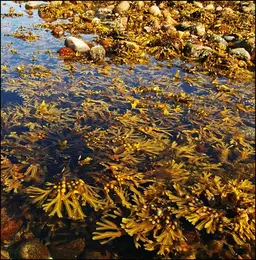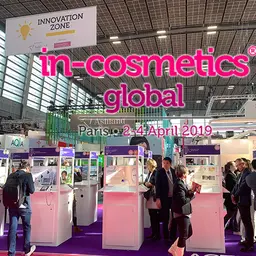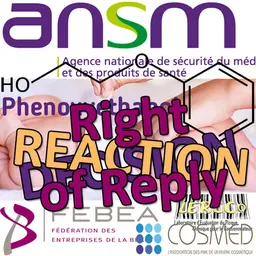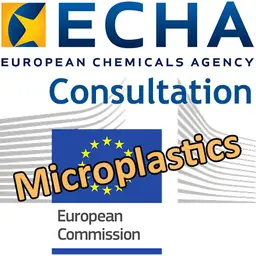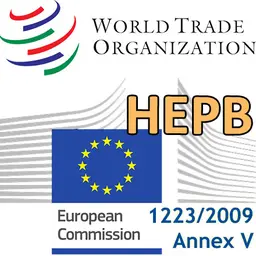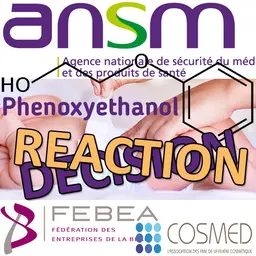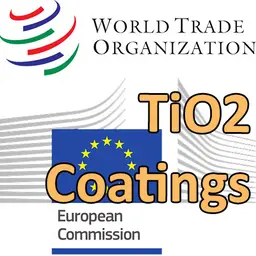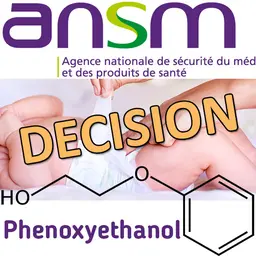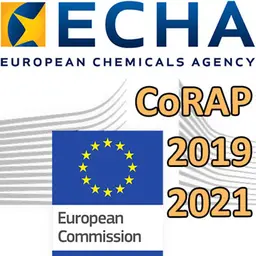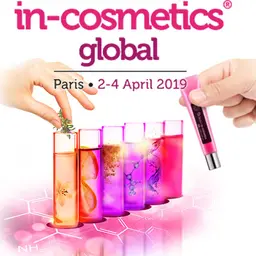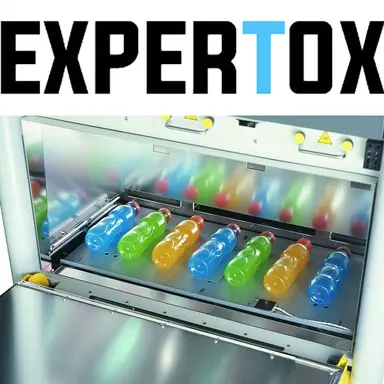
The cosmetic product as a mixture or the active principle of a cosmetic can be easily modified in their compositions under the influence of environmental and/or intrinsic factors, which vary over time. Their instability and potential degradation are of great importance in the cosmetics industry because they can lead to a partial or complete loss of their effectiveness, or even to a possible transformation into a dangerous substance, which could compromise consumer safety. An update with Ségolène de Vaugelade and Stephane Pirnay, from Expertox.
Over time and exposure to natural and/or artificial light, most cosmetic products can be degraded by chemical reactions such as hydrolysis, oxidation, isomerization, photochemical decomposition and polymerization. These reactions can compromise the physical properties of the active ingredients, lead to a decrease in concentrations of active ingredients and the formation of sometimes undesirable by-products that accumulate on the skin[1-4].
The ANSM also recommends testing for products with transparent packaging. The agency recommends UV exposures in a Suntest® type device to test the photostability of the product[5].
Photochemical stability studies are also part of an environmental issue, as personal care products have been identified as an emerging category of aquatic contaminants due to their widespread use and potential release into wastewater. Studies have shown that wastewater treatment only partially eliminates certain cosmetic products that are thus likely to infiltrate aquatic environments[6].
These observations have made it possible to consider the stability of ingredients and products as an important subject in the field of the cosmetics industry.
Photostability and their phototransformation of preservatives
The complexity of the cosmetic matrix can affect the photostability of preservatives and their phototransformation, due to the interaction of target compounds with other ingredients. Therefore, the study of …

